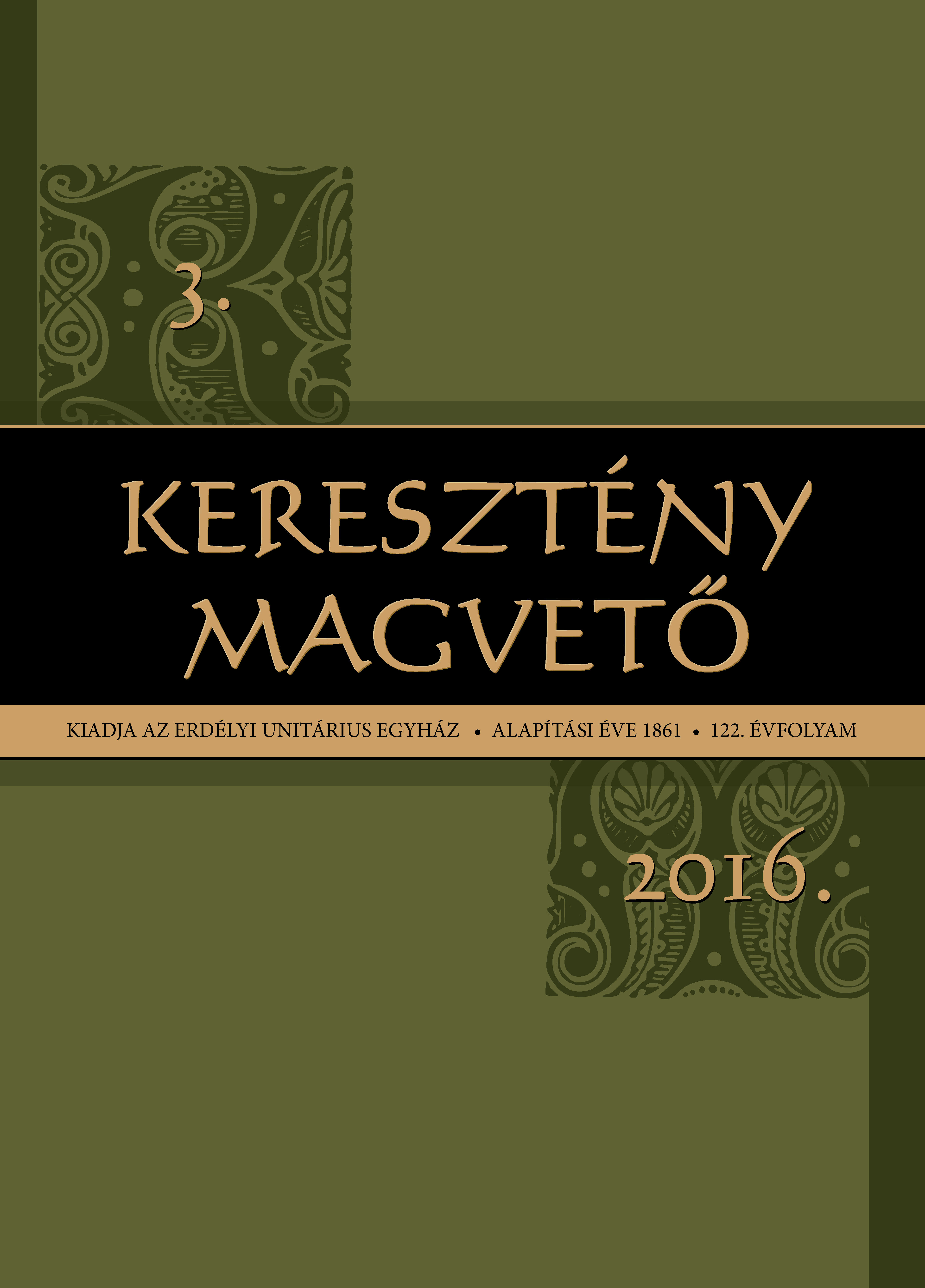Miért úgy prédikálunk, ahogy? – Hogyan lehetne?
Why Do We Preach the Way We Do? – How Could We Preach Better?
Author(s): Botond Péter KoppándiSubject(s): Christian Theology and Religion, Theology and Religion, Other Christian Denominations
Published by: Erdélyi Unitárius Egyház
Keywords: New Hermeneutic; New Homiletic; preaching; renewal of preaching; traditional preaching; Postmodernism; heritage of the ancient rhetoric; sermon
Summary/Abstract: This article explores the past, present and the possible future of preaching. It describes the development of “traditional” preaching from the ancient rhetoric throughout the centuries. The Augustinian approach of the purposes of sermons– to teach, to delight and to persuade – has influenced the shape and style of sermons, and for hundreds of years sermons were formed with precision, and 359 preached with a deductive style. This article states that this type of preaching is still genuine and accurate, but there is room for a more wide variety of sermons.The article emphasizes, that the second part of the 20th century has brought a huge change in the way of thinking. Postmodernism had a huge impact everywhere, and churches should face its challenges. The pulpits tend to lose their traditional authority, unless preaching will overcome the difficulties. New philosophies, new currents in the biblical studies, new homiletical methods are emerging, and scholars need to face this. The article’s main idea is that in order to renew our preaching, there is a need to learn from the recent developments of the homiletical scholarship, and that Unitarian preaching can, and should be renewed in the 21st century. The renewal should take into account the message of the sermon, the role of the preacher, and the role of the audience in the process of preaching. New forms, new styles, new methods should be explored, but “good old preaching” should not be forgotten.
Journal: KERESZTÉNY MAGVETŐ
- Issue Year: 122/2016
- Issue No: 3
- Page Range: 260-275
- Page Count: 16
- Language: Hungarian

